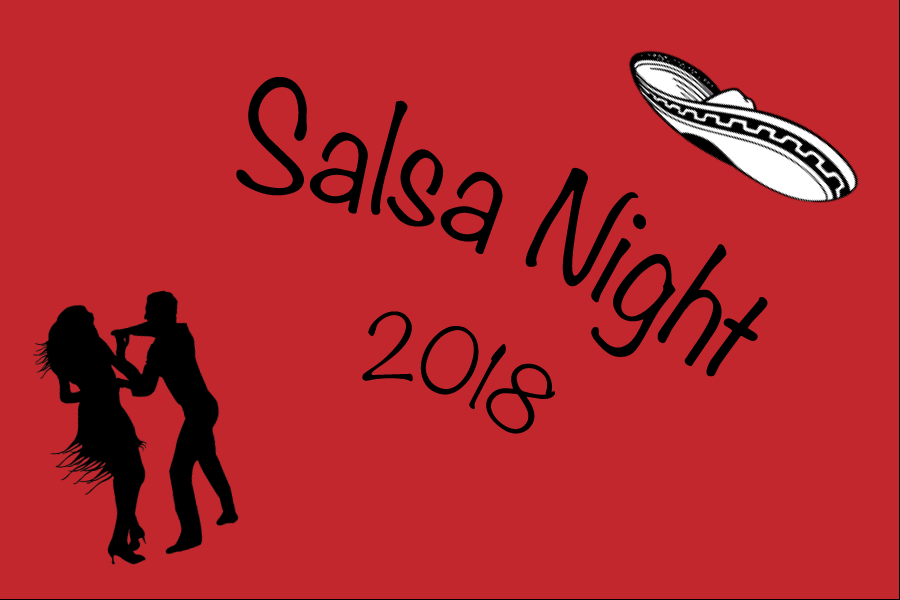Salsa Night keeps students dancing through the night
March 2, 2018
On Feb. 23, Spanish Honor Society held its annual salsa night in the west cafeteria from 7-9 P.M. Tickets cost five dollars and students that attended were able to get extra credit for either their Spanish class or P.E. class.
“We have a salsa night every year because it’s part of the culture that we’re teaching. Teaching Spanish classes isn’t just about the language but we also try to incorporate a lot of the culture,” Susan Ranft, Spanish teacher and sponsor of Spanish Honor Society, said.
The night kicked off with dance lessons in merengue, bachata, and finally salsa. Later on in the night, there were also snacks such as quesadillas, chips, salsa, guacamole, and lastly some sweets.
Merengue is a style of Dominican dance and music where you bend your knees so your hips move from side to side. It’s a fairly simple dance to learn, but the beat is faster than you would think so it’s quite a workout.
The merengue is actually the national dance of the Dominican Republic. There are two stories about the origins of the dance. One story is that it was created by slaves who couldn’t move a lot due to chains. Another story claims that it was created when a wounded hero came home and the villagers, out of sympathy, danced by dragging one foot to celebrate.
Bachata is also a dance that originated in the Dominican Republic. This dance is also simple. You take three steps and tap your foot on the fourth beat with a hip movement. The hips are the most important part of the dance.
When bachata was first introduced, it was seen as very controversial. It was actually censored in its early days and wasn’t supported by the media. It only gained more momentum in the 1980’s and became popular in the early 2000’s.
Salsa is a dance that orginiated in the Carribean and usually involves six steps in eight counts. It can be done forward and backward, side to side, and even diagonally.
There are many different types of salsa and they differ depending on where you are. Different places, such as Dominican Republic, Colombia, and Puerto Rico, have different types of salsa. There was even a movement of salsa in New York, especially in Latino communities.
It was a blast getting the opportunity to learn these dances and it was a great way to spend time with friends. Many students attended and all of them were having fun and learning.
“It was cool to participate in something from a different culture. It was a great interactive cultural and learning experience,” Tina Intarapanont, senior, said.
The event was run by the Spanish Honor Society, which also hosts events such as movie nights, game nights, and the Matamoscas Contest, which is a vocabulary game in Spanish.
If you are interested in becoming a member of the Spanish Honor Society, you must take three semesters of an honors Spanish class and maintain a B plus average in the class.
“We also check with the teachers and deans and all to make sure that they’ve got a good character and that they don’t have a lot of detentions and any character issues,” Ranft said.


